Did you know that untreated slush stains on garage floors can lead to permanent concrete damage in less than one winter season? It’s a startling fact that surprises most homeowners — and one that can cost you thousands if ignored. In this guide, you’ll uncover why removing slush stains from garage floors is essential, how to do it effectively, and the best ways to prevent future stains. Whether you’re fighting back against oil stains, salt stain, or persistent winter grime, you’ll find practical tips and proven quick fixes that really work.
Why Removing Slush Stains from Garage Floors Is Essential
Garage floors bear the brunt of winter’s toughest messes — from slush stains to thick deposits of salt stains and oil stains. When snow, ice, and road salt melt off your vehicle, the mixture seeps into the concrete floor, setting the stage for surface deterioration. The result? Surface scaling, pitting and spalling, unsightly discoloration, and even structural issues. That means the simple act of removing slush stains from garage floors isn’t just cosmetic; it’s a vital step in protecting your home’s value and safety.
Beyond aesthetics, allowing salt stains and excess water to fester on your garage floor accelerates wear and tear on the concrete. Road salt breaks down the surface, leading to flaking, cracking, and the type of deep damage that’s expensive and time-consuming to fix. Left untreated for even one season, the average garage floor can develop costly repairs that easily outweigh the minimal effort of regular cleaning. Addressing slush and salt stains quickly is the best way to keep your garage floor clean and avoid long-term issues.

"Did you know that untreated slush stains on garage floors can lead to permanent concrete damage in less than one winter season?"
What You'll Learn About Removing Slush Stains from Garage Floors
The science behind slush stains and their impact on garage floors
Different methods for removing slush, salt stains, and oil stains
How to prevent future stains on your garage floor
Quick fixes for persistent slush stains and best cleaning practices
Understanding Slush Stains: What Happens to Garage Floors in Winter
During winter, slush is a cocktail of road salt, chemicals, vehicle oil, and melting snow. When this mix finds its way onto your garage floor, it doesn’t just sit harmlessly on the surface. Instead, the salt and water gradually seeps into the concrete, triggering chemical reactions that weaken its structure. Salt stains—characterized by white, crusty streaks—develop when water evaporates, leaving minerals behind. Combine these with dirt and oil stains, and you have a recipe for a dingy, damaged floor.
Concrete floors are especially vulnerable because they are porous by nature. As excess water and slush melt penetrate tiny pores, they expand and contract with temperature changes, causing cracks. Oil stains further exacerbate the problem by creating slicks that resist traditional cleaning. Over time, this relentless freeze-thaw cycle, coupled with chemical exposure from salt stains, leads to pitting, flaking, and other forms of concrete deterioration. Keeping your garage floor clean shields it from both cosmetic blemishes and these hidden forms of damage.
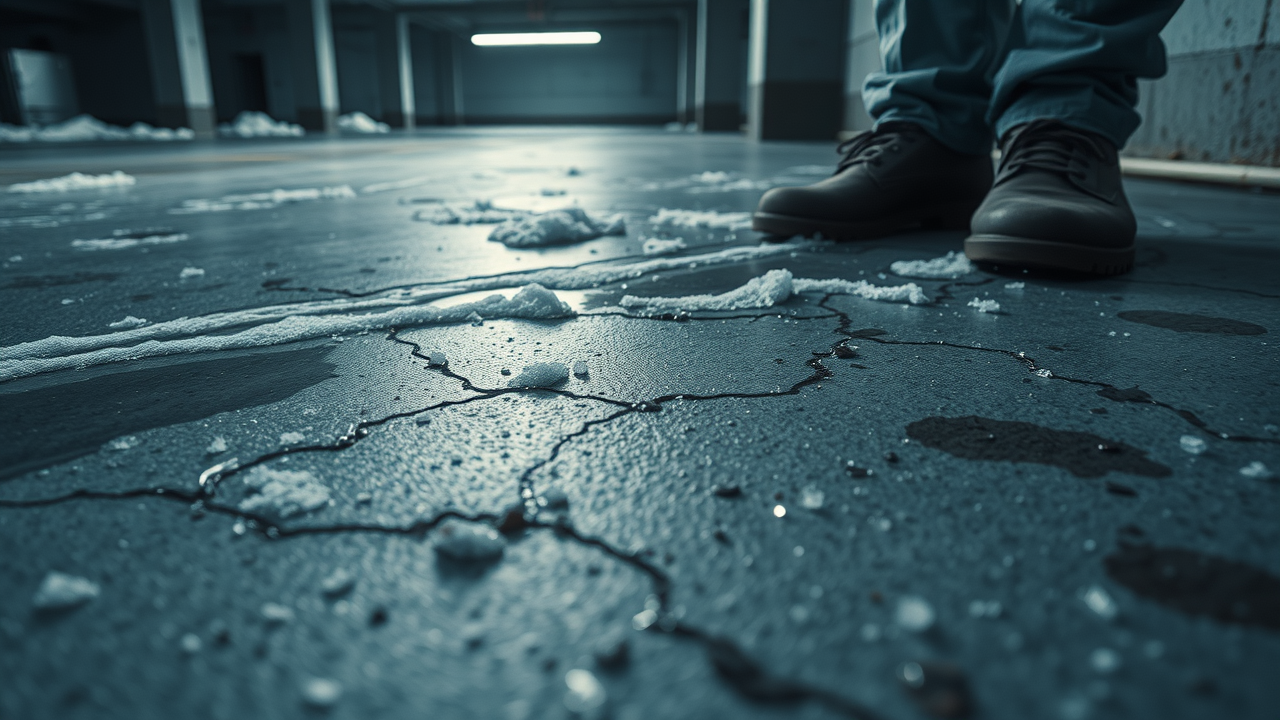
The chemical makeup of slush stains
Why garage floors and concrete floors are particularly vulnerable
How excess water, salt stains, and oil stains interact with garage floors
Preparing for Removing Slush Stains from Garage Floors
Before diving into slush removal, gather the proper cleaning supplies to ensure the best results. Key tools include a pressure washer or power washer for blasting stubborn stains, absorbent products like floor sweep or kitty litter to soak up excess water and oil, and specialized degreasers to treat oily spots. Don’t forget your safety gear: rubber gloves, safety goggles, and non-slip footwear are vital for personal safety, especially when working with cleaning chemicals.
Preparing your workspace is just as important as the tools you use. Make sure your vehicle is parked outside, and the garage door is open to allow for maximum ventilation. Remove all loose items and sweep away debris for a cleaner working area. This makes sure the cleaning process is efficient and helps protect your garage door, shelving, and storage from runoff or splashes. A well-prepared cleaning space ensures you don’t spend a lot of extra time or effort to get your garage floor completely clean.
Essential tools: pressure washer, power washer, absorbents, and degreasers
Safety gear and considerations for garage floor cleaning
Preparing your garage door and surrounding area
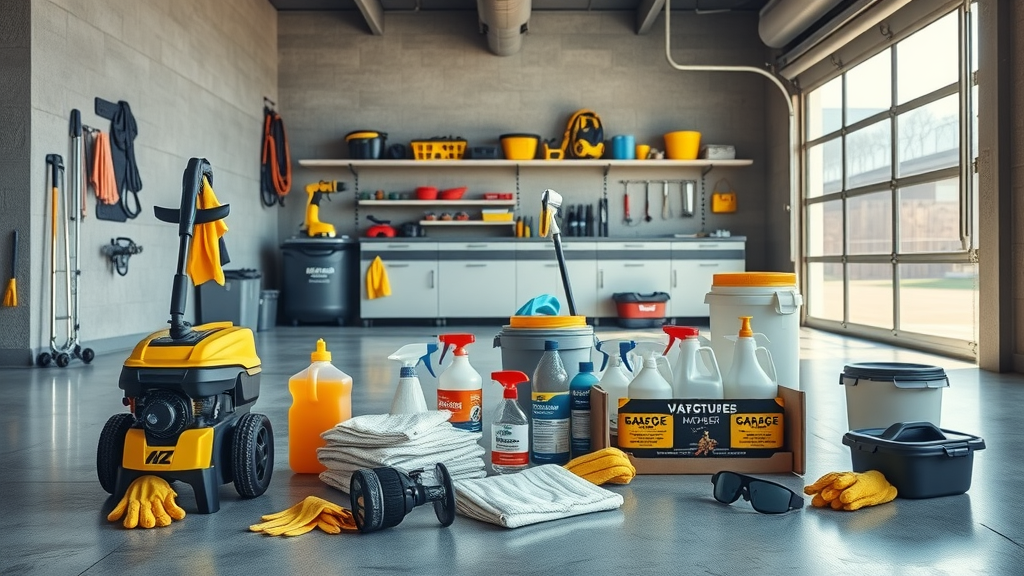
Step-by-Step Guide: Removing Slush Stains from Garage Floors Effectively
Removing slush stains from garage floors doesn’t need to be complicated. Follow these straightforward steps for fast and effective results. First, clear the area of excess water and debris using a sturdy mop, squeegee, or absorbent pads — this prevents more water from seeping into the bare concrete or beneath floor coatings. For oil stains, generously apply a commercial or homemade degreaser and allow it to penetrate the stain.
Clear away excess water and debris from the garage floor
Apply a degreaser for oil stains and salt stain areas
Use a pressure wash or power washer for thorough cleaning
Rinse and inspect the concrete floor for persistent discoloration
Let the garage floor dry completely before moving vehicles back in
Next, use a pressure washer or power washer to remove lingering slush stains, salt residue, and oil spots. Hot water can help dissolve grime, while the high pressure lifts embedded debris from your garage floor and concrete surface. Once finished, rinse the area thoroughly, paying special attention to salt stains that tend to collect near the garage door and corners. Finally, allow the floor to air dry — only then should you move cars or storage back in, ensuring a completely clean and stain-free garage floor.
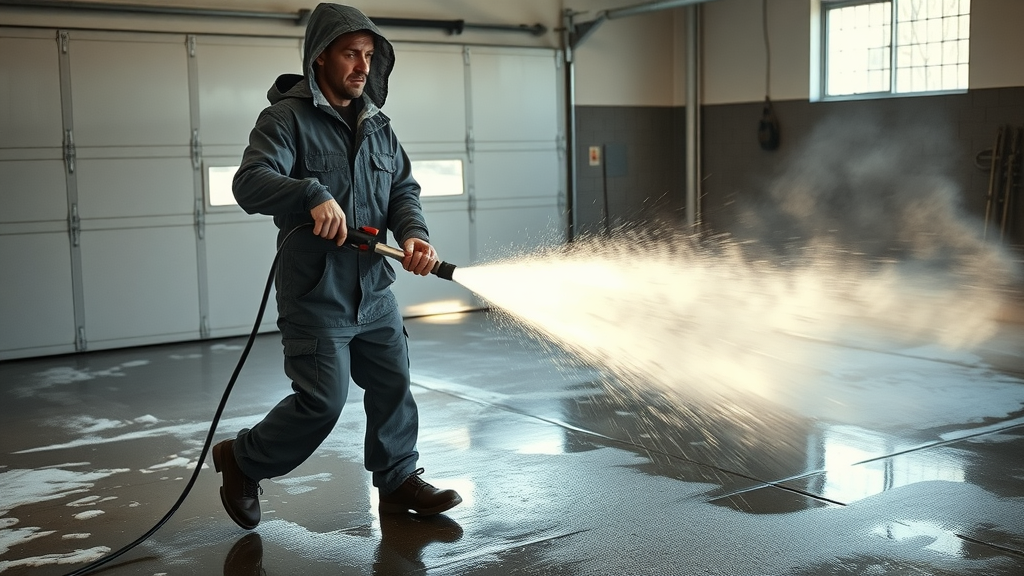
Quick Fixes for Removing Slush Stains from Garage Floors
Sometimes, you need a rapid solution to fresh stains before they become permanent. For newer salt stains or oil spills, try homemade remedies: mix warm water with a generous amount of household vinegar for salt stains, or baking soda and dish soap for minor oil stains. These quick cleaning products can often loosen and lift debris without the need for heavy equipment.
Homemade solutions for salt stain and oil stains
Choosing the best garage floor cleaner for specific stain types
Rapid response tips for fresh slush stains: blot up excess water and apply absorbent material promptly
When to reapply floor coating or consider epoxy coating for persistent stains
For more stubborn areas, commercial garage floor cleaners or a targeted application of degreaser can provide deeper cleaning. Always test a small section first to ensure compatibility with your floor coating or epoxy finish. If stains persist after cleaning, it may be time to consider reapplying a protective floor coating or updating your epoxy coating — both offer long-term resistance to future slush, salt, and oil stains.
Deep Cleaning Garage Floors: Pressure Washer vs. Power Washer
When dealing with a larger area or deeply set stains, both pressure washers and power washers have advantages. A pressure washer uses unheated water and is highly effective on tough, established stains — ideal for cleaning garage floors with severe salt or oil buildup. Meanwhile, a power washer employs heated water, making it efficient for mild slush stains and quick jobs where less force is needed.
The table below breaks down the differences to help you select the right equipment for your needs. Consider effectiveness, best use case, time, and cost before getting started. No matter which you opt for, both will dramatically improve the look and longevity of your garage floor when used as part of a regular cleaning routine.
Tool |
Effectiveness on Slush Stains |
Best Use Case |
Time Needed |
Cost |
|---|---|---|---|---|
Pressure Washer |
High |
Large garage floors with tough stains |
Medium-High |
Moderate |
Power Washer |
Moderate |
Mild slush stains on concrete floor |
Low-Medium |
Low |
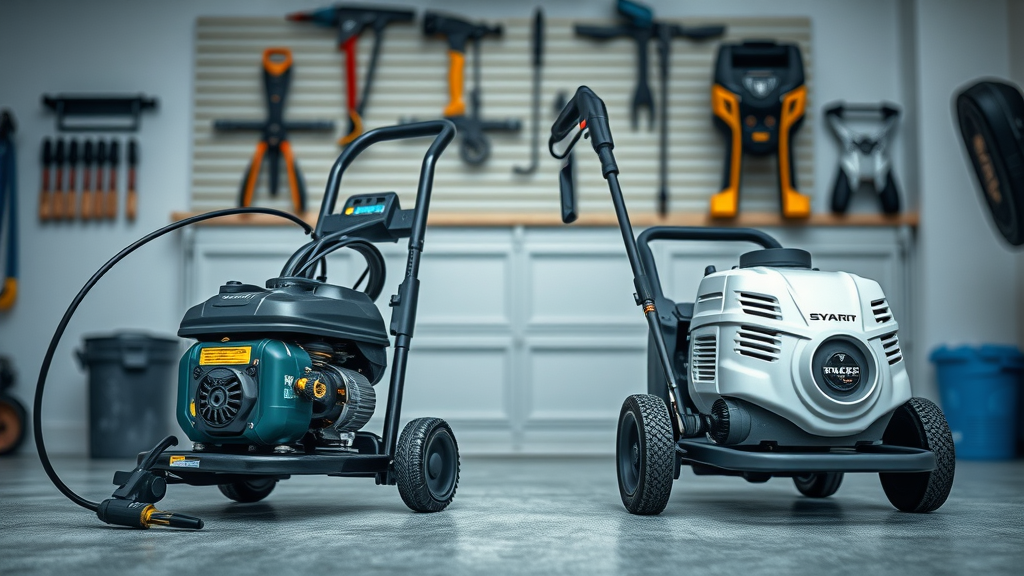
How to Prevent Slush, Salt, and Oil Stains on Garage Floors
Prevention is the best defense. Regular cleaning is essential, especially during the winter months when snow, slush, and salt build up quickly. Sweep and mop the garage floor frequently to remove dirt and excess water before stains set. More importantly, invest in protective floor coating or epoxy coating. These surfaces create a resilient barrier that keeps moisture and chemicals on the surface, making spills easier to clean.
Best practices for ongoing garage floor clean routines
Applying garage floor and epoxy coatings for long-term protection
Minimizing excess water and salt residue from vehicles: use absorbent mats or trays
Enhancing garage door seals and drainage
Reduce tracked-in contaminants by using entrance mats and mud trays near your garage door. Address any leaks or gaps in garage door seals, which can let in more moisture and enable water seeps beneath your coating or into your bare concrete floor. For homes with significant winter traffic, consider upgrading to a polyaspartic or epoxy or polyaspartic coating for enhanced durability and stain resistance.
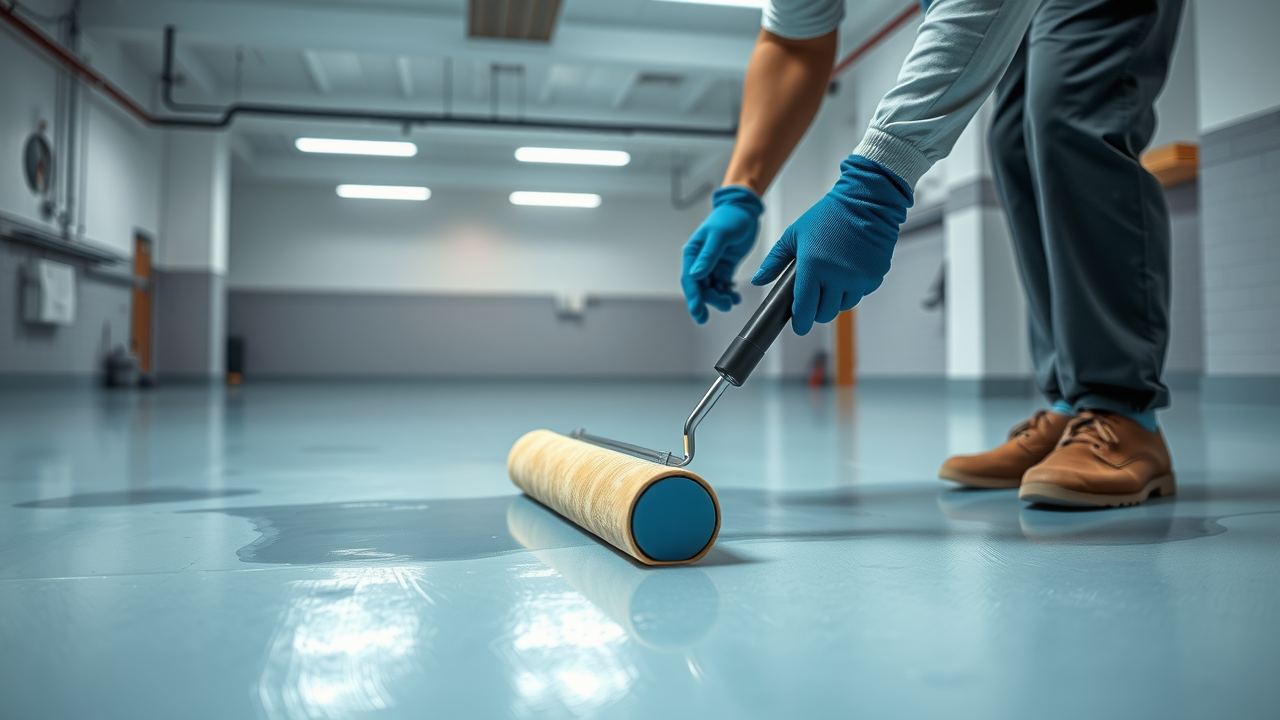
Expert Tips: Keeping Your Garage Floor Clean Year-Round
Maintaining a pristine concrete floor doesn’t need to be a hassle if you stick to a routine. Adopt a garage floor clean schedule that matches the seasons: weekly during heavy salt use months, and at least monthly in spring and summer. Stock up on cleaning products tailored for slush, oil stains, and road salt buildup. High-quality degreasers and pressure washers are always a sound investment for garage living and safety.
Recommended floor cleaning schedules
Products for maintaining pristine concrete floors
How to deal with stubborn garage floors and oil stains
For especially tough oil stains or recurring salt stains, repeat deep cleaning sessions and avoid using too much water at once. Excess water can worsen the issue if it seeps into the cracks of bare concrete. When in doubt, call in professionals for a completely clean and protected surface — this small investment can extend the life and look of your garage floor for years to come.
People Also Ask About Removing Slush Stains from Garage Floors
How do you get stains out of concrete garage floors?
Answer: To remove stains from concrete garage floors, start by sweeping any debris, then pretreat oil stains with a degreaser, scrub with a stiff brush, and rinse thoroughly. For salt stains, a vinegar solution works effectively followed by a pressure wash.
How to deal with snow melt in garage?
Answer: Use absorbent mats to catch excess water from snow melt, squeegee puddles promptly, and clean the garage floor regularly to prevent slush and salt stains.
What is the best way to degrease a garage floor?
Answer: The best method is to apply a specialized degreasing agent, let it sit on oil stains, scrub thoroughly, and rinse with a pressure washer for deep cleaning.
Does road salt damage concrete garage floor?
Answer: Yes, road salt can damage concrete garage floors by causing surface scaling and long-term structural deterioration if not removed promptly and regularly.
FAQ: Removing Slush Stains from Garage Floors
What cleaning products are safe for garage floors and concrete floor?
How often should garage floors be cleaned in winter?
Is it better to use pressure washer or power washer on salt stains?
Can applying floor coating or epoxy coating help with stain prevention?
Key Takeaways: Removing Slush Stains from Garage Floors
Slush, salt, and oil stains can quickly damage your garage floors if left untreated
Pressure washer and degreasers are highly effective for removing slush stains from garage floors
Preventative maintenance and floor coating extend the life and appearance of concrete floors
Conclusion: Why Prompt Action Matters for Removing Slush Stains from Garage Floors
"Ignoring slush stains today leads to expensive repairs tomorrow — act fast to keep your garage floor clean and safe."
Call to Action: Get Professional Help Removing Slush Stains from Garage Floors
Call Us now to get your FREE Quote! 800-280-9210
Video Demonstration: Removing Slush Stains from Garage Floors Step by Step
Video Guide: Pressure Washer Techniques for Slush and Salt Stains
To effectively remove slush stains from your garage floor, it’s essential to understand the impact of road salts and de-icing chemicals. These substances can seep into the porous concrete, leading to unsightly stains and potential structural damage over time.
Effective Cleaning Methods:
Vinegar Solution: Mix one cup of vinegar with a gallon of warm water and add a squirt of dish soap. Apply this solution to the salt stains, let it sit for five minutes, then scrub with a stiff brush. Use a wet vacuum to remove the salty solution, preventing it from resettling into the concrete pores. Rinse thoroughly with clean water. (allgaragefloors.com)
Commercial Cleaners: For stubborn stains, consider using a commercial-grade cleaner like Salt-Away. Apply the cleaner as directed, scrub the area, and remove the residue with a wet vacuum before rinsing. (allgaragefloors.com)
Preventative Measures:
Protective Coatings: Applying an epoxy or polyaspartic coating to your garage floor creates a barrier against moisture and chemicals, making future cleaning easier and preventing stains. (thegaragedoorcompany.ca)
Regular Maintenance: After each winter storm, promptly clean your garage floor to remove any salt and de-icing chemicals. This routine maintenance helps prevent long-term damage. (allgaragefloors.com)
By implementing these cleaning techniques and preventative strategies, you can maintain a clean and durable garage floor throughout the winter months.
 Add Row
Add Row  Add
Add 

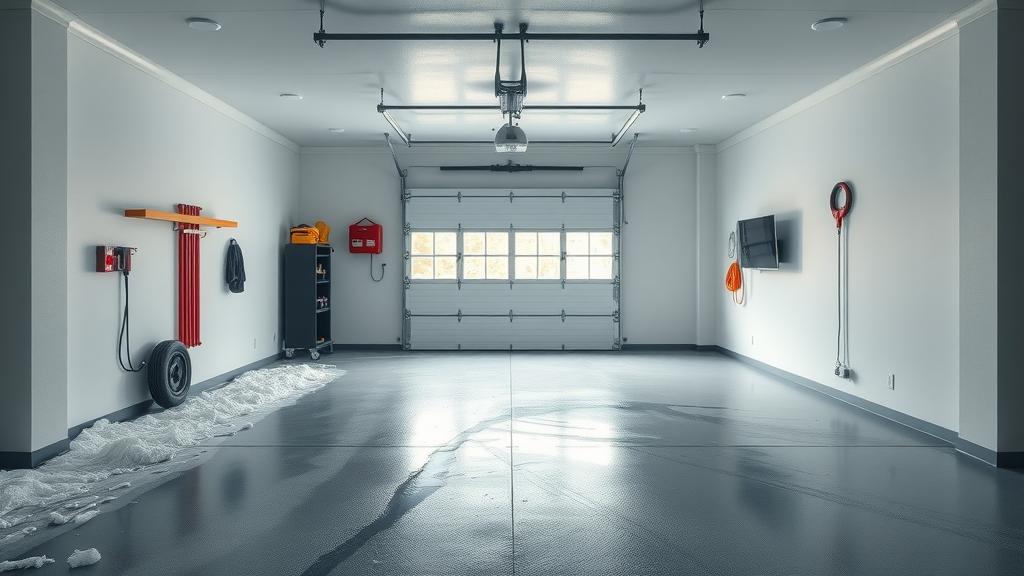
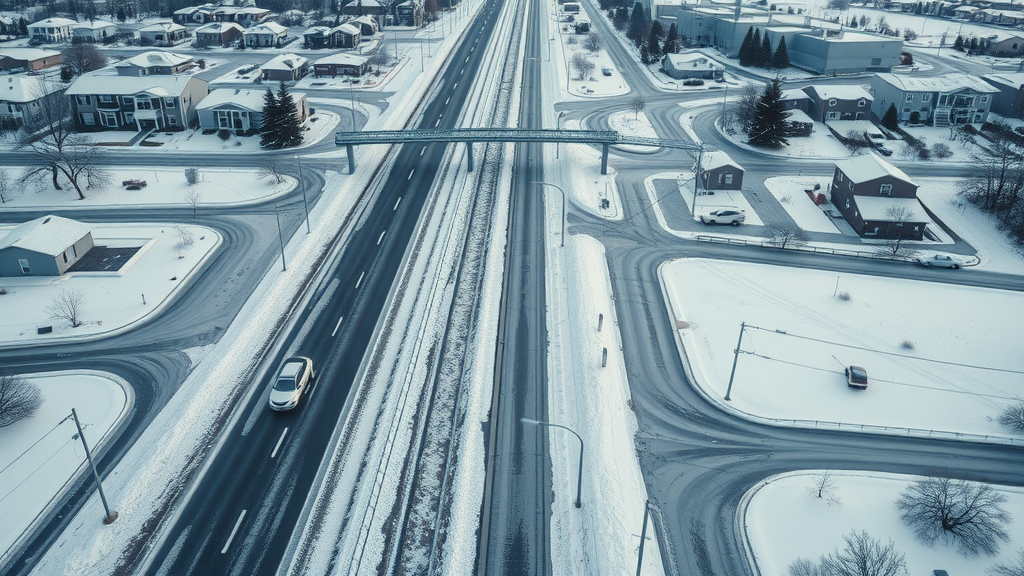
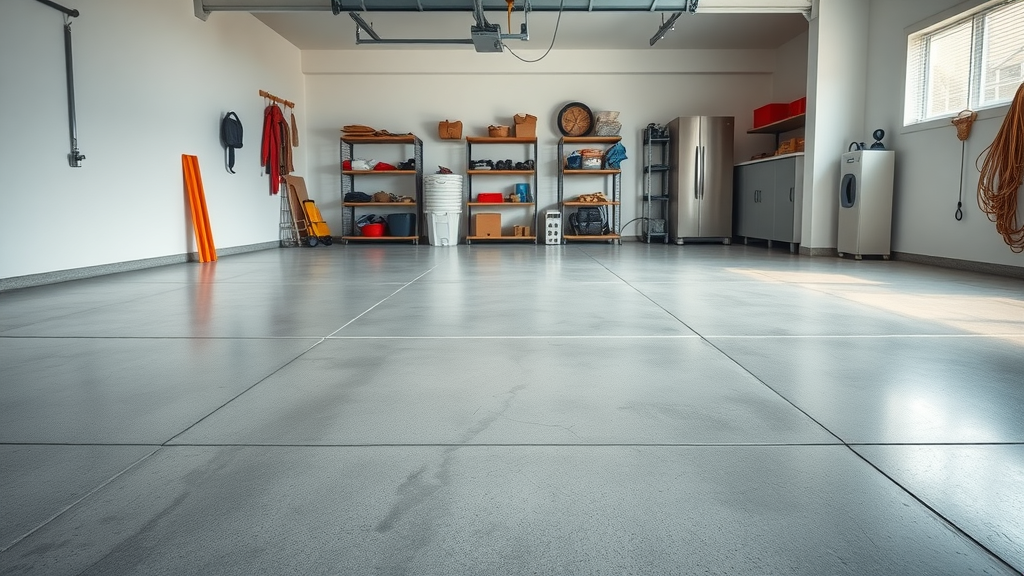
Write A Comment